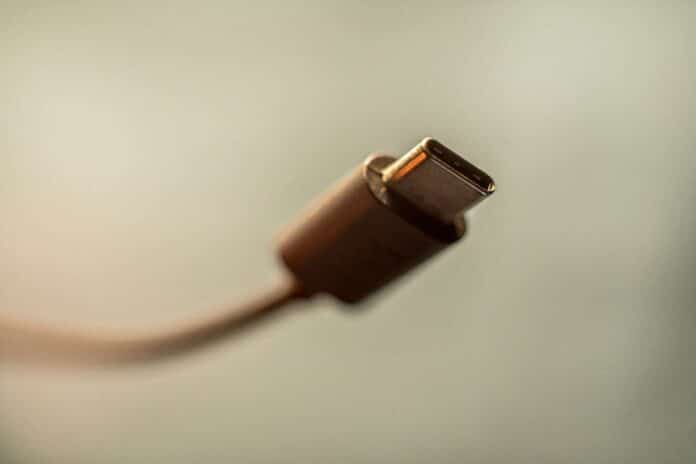The European Union has announced a significant advance in its 'common charger' strategy, proposing new regulations that must be implemented as of 2028. In an effort to promote interoperability and reduce user confusion, as well as electronic waste, all power adapters on the European market must include detachable USB-C cables. Additionally, the new USB-C cables must have visible labels indicating their maximum power.
This change is not merely cosmetic, but aims to address practical issues in the use of USB-C chargers and cables. Under the new regulation, users will be able to easily identify whether a cable is suitable for 60 W, 100 W, or 240 W, and replace it without having to discard the entire charger, thereby extending its lifespan.
One of the key aspects of this initiative is the interchangeable design of the cables. Traditionally, chargers have fallen into disuse due to cable-related problems, rather than the adapter. The ability to replace only the cable could reduce waste and lower costs for both households and offices.
With power labels, the aim is to provide the consumer with clear communication, surpassing the ambiguous marketing of terms such as "fast charging" or "PD-compatible," and ensuring that the power supply is adequate and straightforward. Thus, for example, a laptop that requires 100 W cannot be effectively charged with the wrong cable.
The impact of these regulations is not limited to mobile devices. The intention is to make USB-C chargers reusable and compatible with a wide range of electronic products, including monitors and telecommunications devices. This goes hand in hand with a more coherent certification process around the USB Power Delivery standard.
The new regulation also includes energy efficiency requirements in situations that are often overlooked, such as the no-load power consumption of wireless charging bases. The objective is to minimize energy waste and optimize the performance of the devices in all charging phases.
Despite how ambitious this regulatory package is, the issue of selling devices without adapters is not addressed, which remains a matter of debate. Neither is a uniform efficiency fixed in wireless charging, leaving room for future adjustments as technology advances.
For manufacturers, this entails an incremental redesign with a focus on the clear labeling of cables and the improvement of energy efficiency. Although this will require an effort, it is expected to reduce returns and facilitate cross-selling with objective criteria.
For consumers, the new regulation promises to reduce uncertainties and waste, offering more control over the charging process and extending the useful life of existing accessories. With a transition window until 2028, these changes promise a clearer and more efficient future, reflecting the European Union's ongoing commitment to sustainability and technological innovation.
More information and references in Cloud News.



